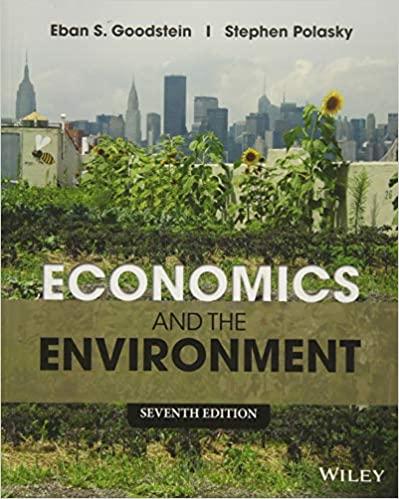The first civilian nuclear reactor began operation in 1957. Yet the agency in charge of overseeing the
Question:
The first civilian nuclear reactor began operation in 1957. Yet the agency in charge of overseeing the nuclear industry “had fewer than a dozen active regulations in 1970.”14 One explanation for fairly lax safety regulation was the (mistaken) belief that a threshold existed below which exposure to radiation was safe. Why did this belief persist? One reason was that “centralized [government] funding of radiation research . . . encouraged a methodological inbreeding which underestimated the scope of nuclear hazards.”
1. Use the concepts of the revolving door and agenda control, explained in Chapters 4 and 11, to explain how the regulatory establishment could persistently underestimate health risks from exposure to radiation.
2. In the 1970s, the laissez-faire regulatory attitude shifted from a hands-off approach in 1970 to “several dozen [active regulations] by 1972, and several hundred by 1977.” Is this burst of regulatory activity in the 1970s consistent with the pattern we saw in other areas? What do you think explains it?
3. In the nuclear area, it is possible to view regulatory achievements in either a positive or a gloomy light. From 1974 to 1984, reported emissions of four of six radioactive elements either declined or remained stable, despite a tripling of electrical output from the nuclear industry over the period. However, even with constant or declining emission levels, the total amount of these four radioactive materials in the environment was substantially higher in the mid-1980s than the mid-1970s. How can you explain this?
Step by Step Answer:

Economics And The Environment
ISBN: 9781118539729
7th Edition
Authors: Eban S. Goodstein, Stephen Polasky





